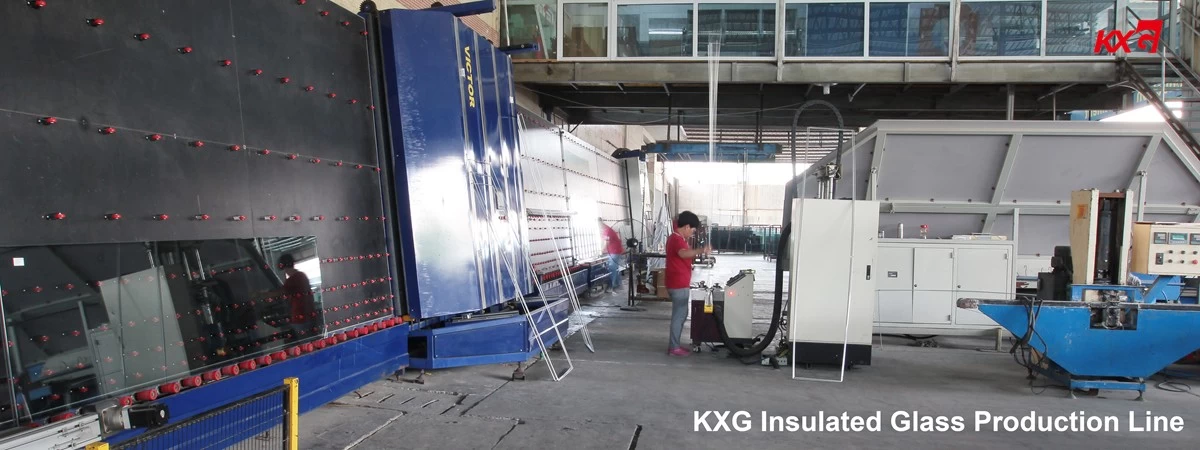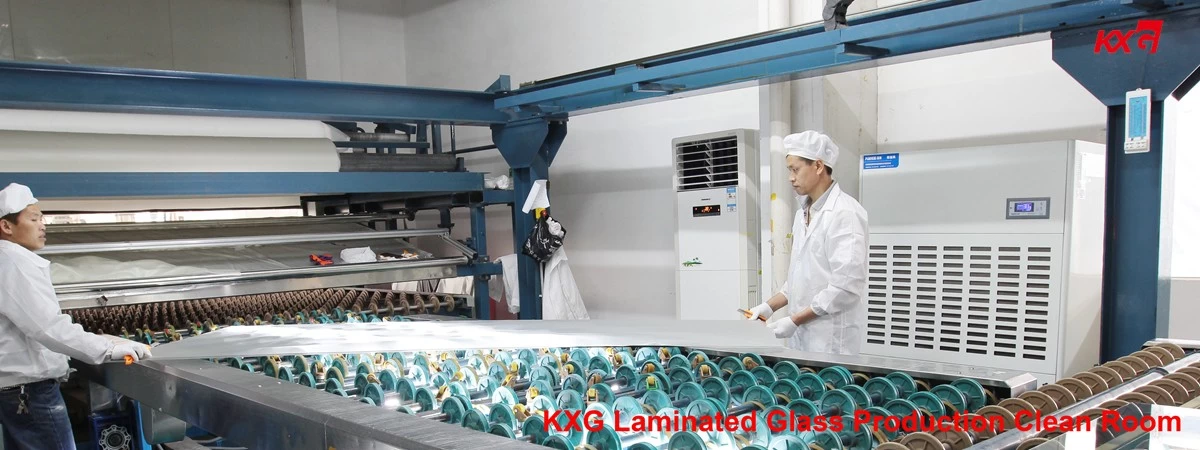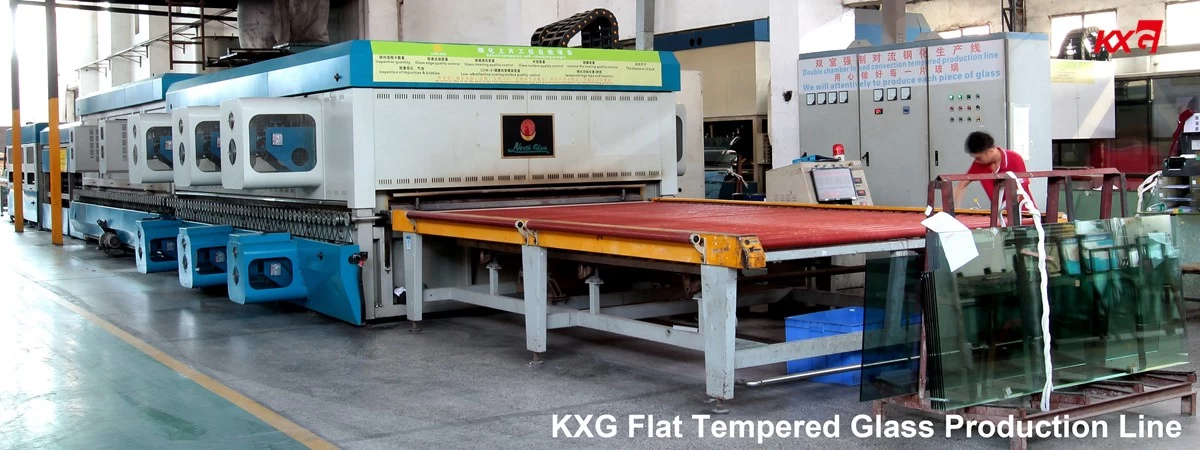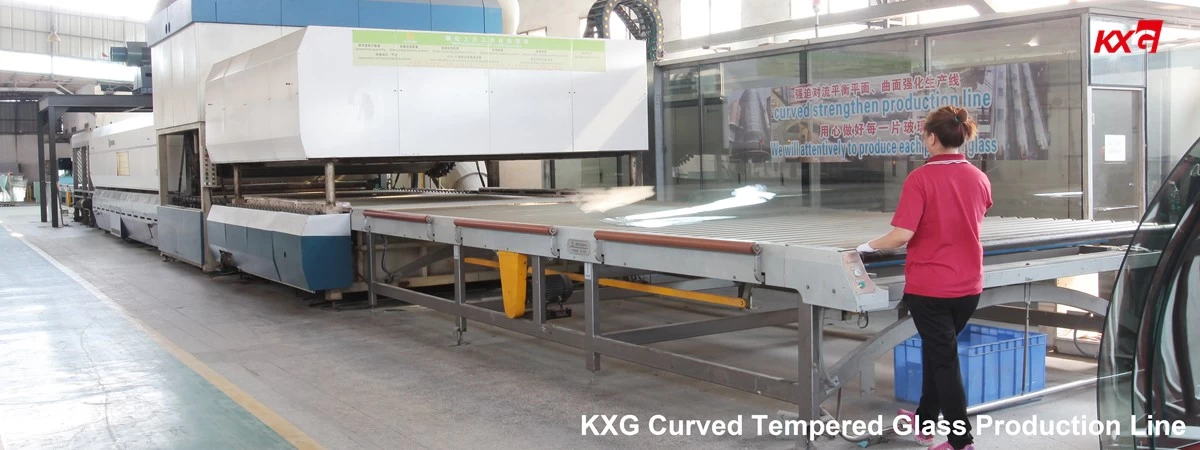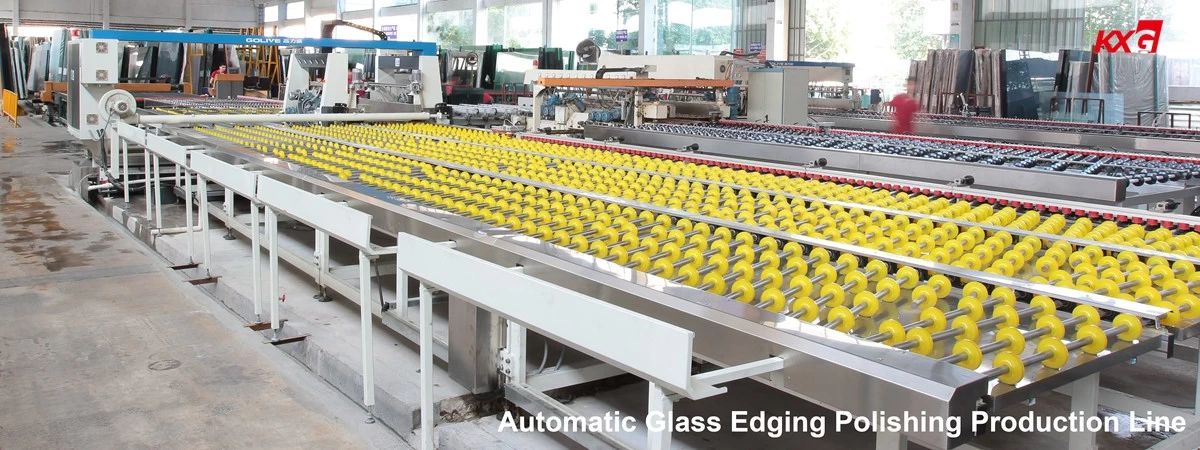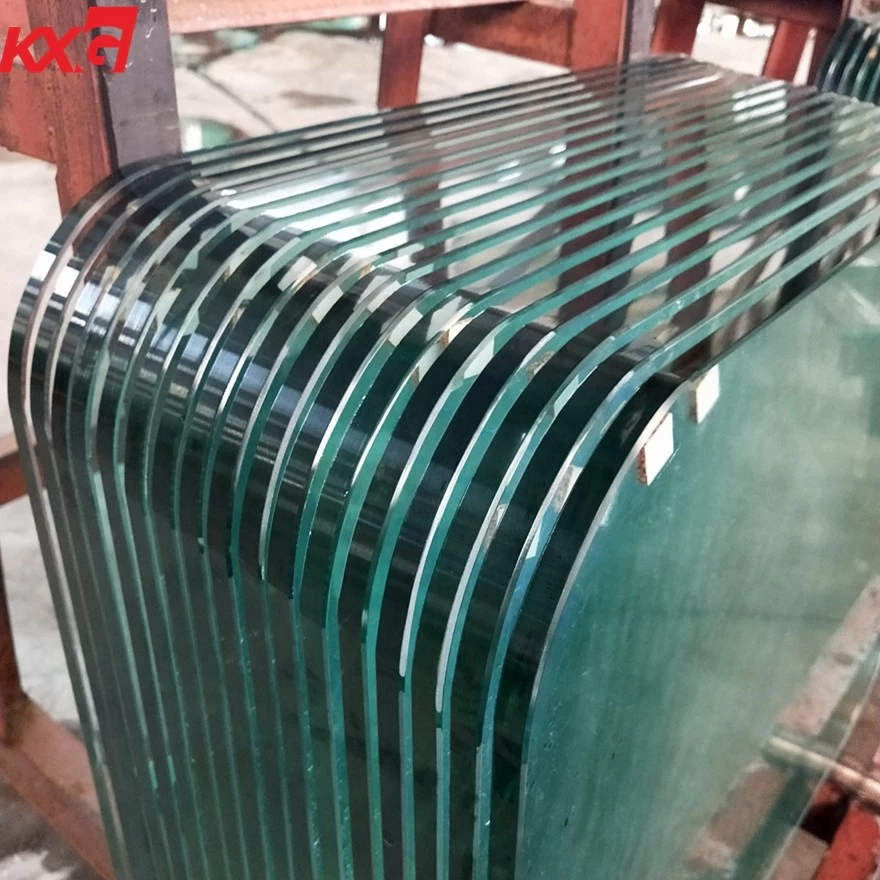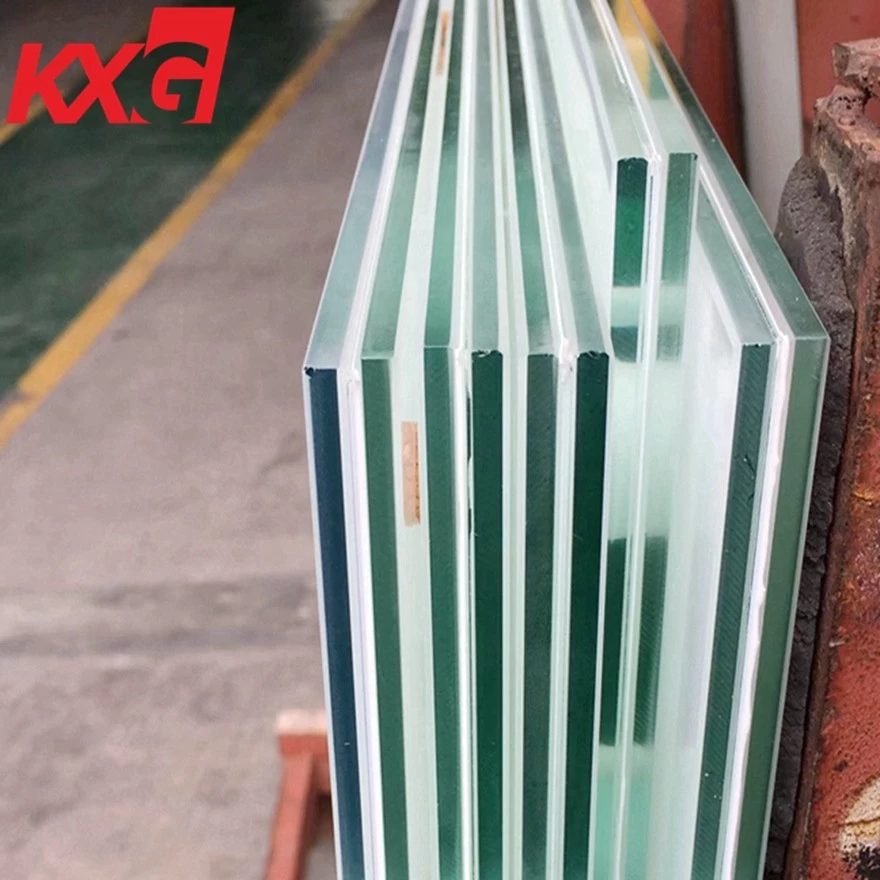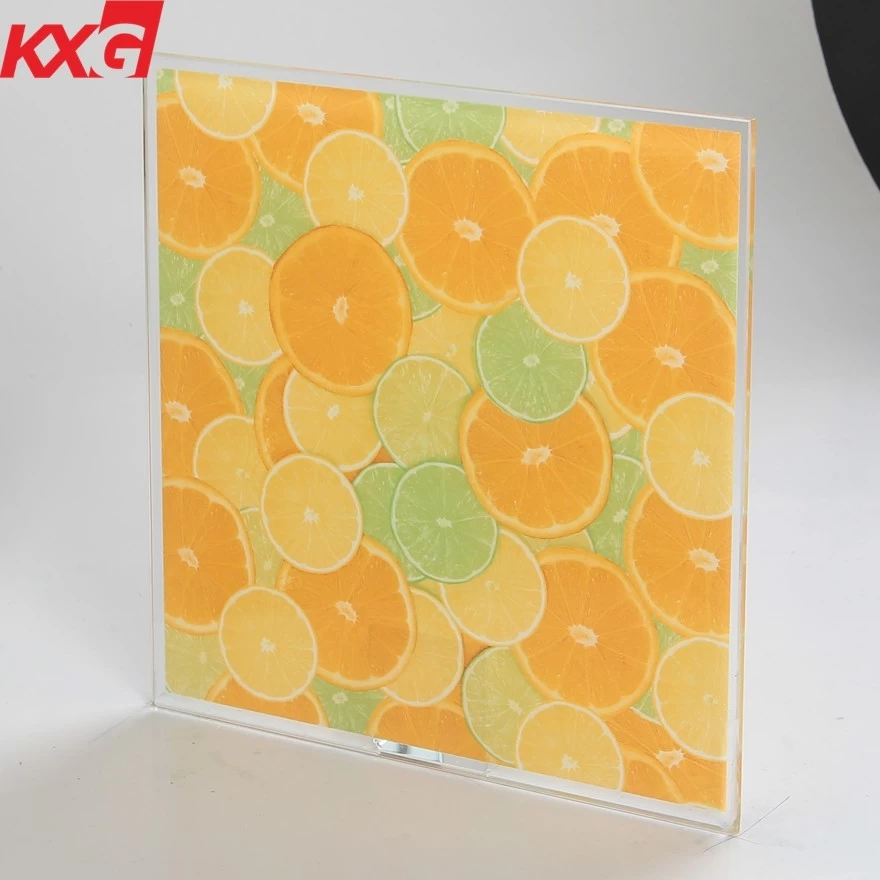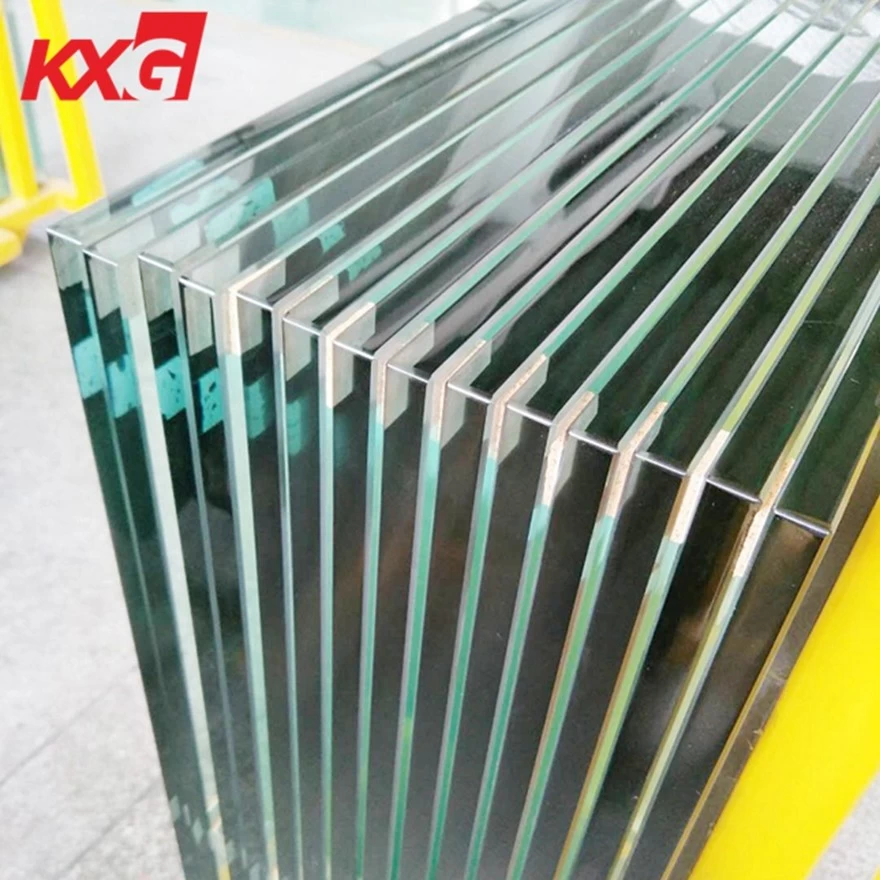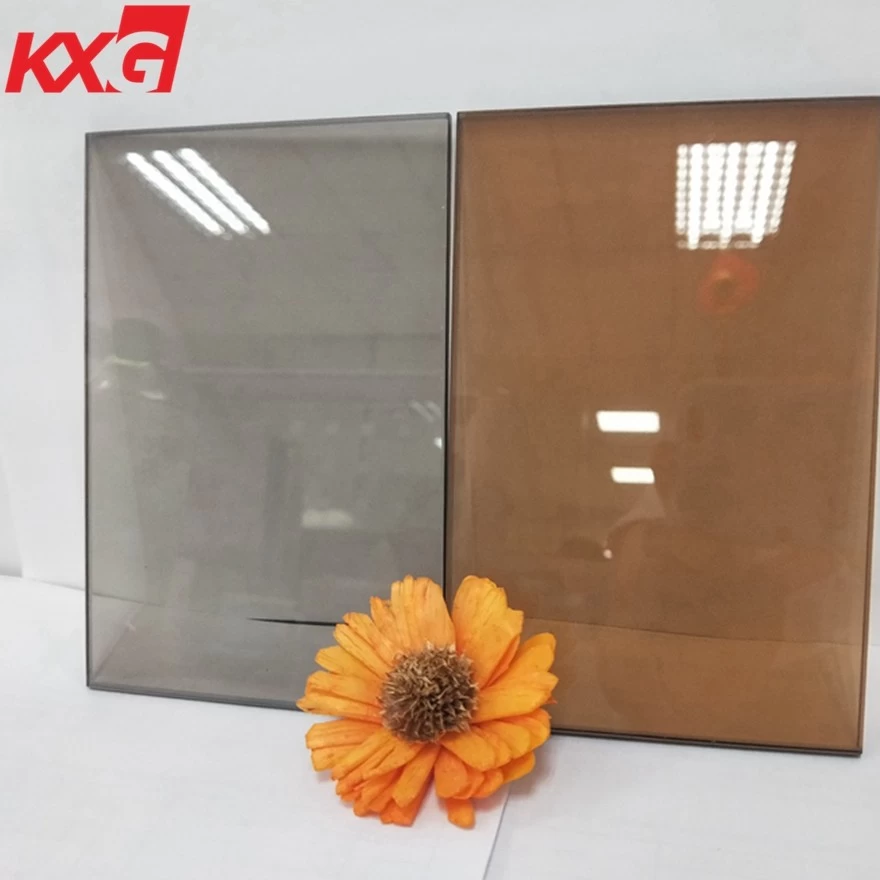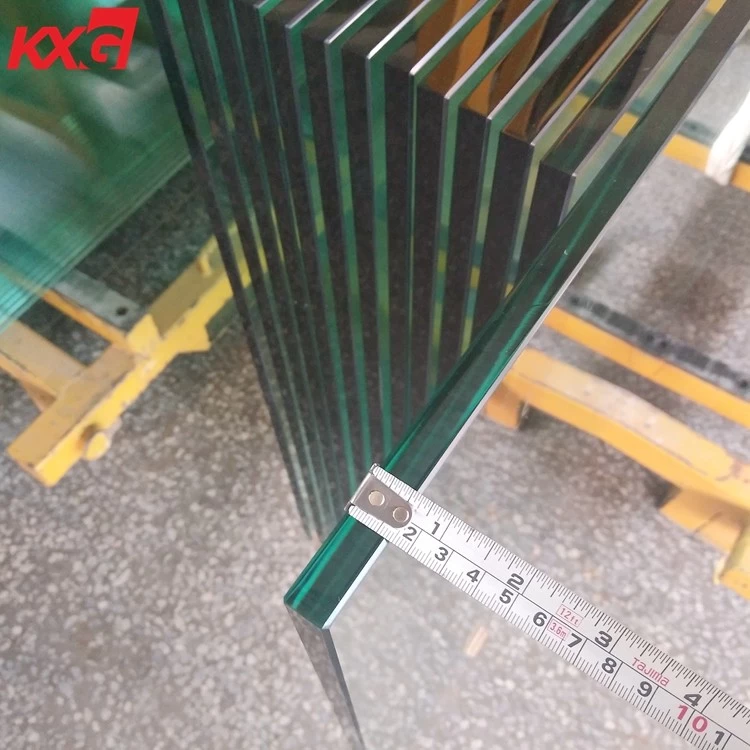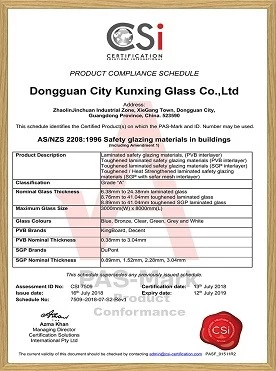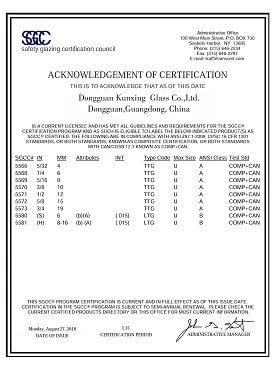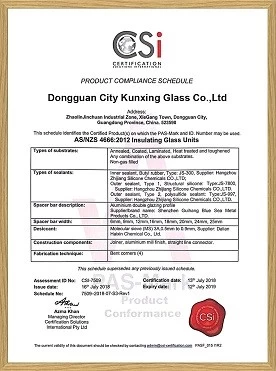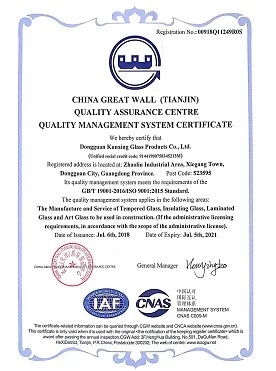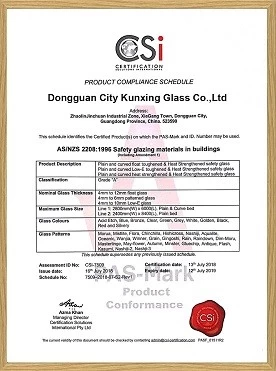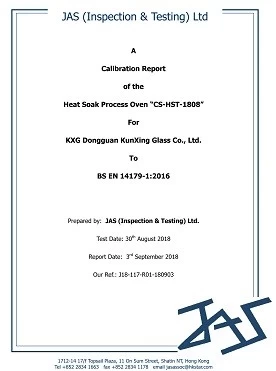Analysis of common safety hazards such as "self explosion", falling fans, and glass curtain walls
Analyzing common safety hazards of glass curtain walls, such as self-explosion and fan drop, is essential to understanding the risks associated with these building features and the mitigation measures that can be taken. Glass curtain walls are a popular choice for modern buildings due to their aesthetics and ability to maximize natural light. However, their unique design and materials bring specific safety risks that must be carefully evaluated and managed to ensure the safety of occupants and passersby.
insulated glass curtain walls wholesale
There are two main forms of glass breakage: one is non-tempered glass breakage, and the other is tempered glass breakage. Non-tempered glass breakage is manifested as one or more cracks, as shown in the figure below.
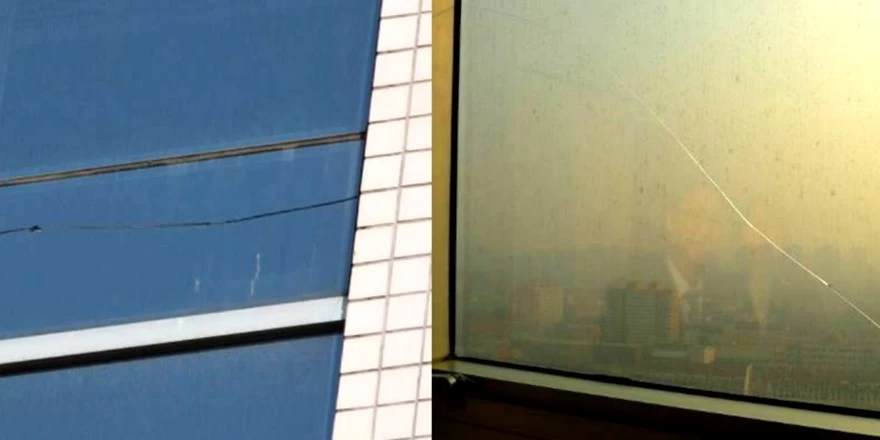
The number of cracks is related to the glass stress: when there is only one crack, the glass stress does not exceed 10 MPa, and when there are multiple cracks, the glass stress is higher. Generally speaking, non-tempered glass can remain in the frame for some time after breaking. Taking safety measures in time can greatly reduce the risk of safety accidents.
For curtain walls using non-tempered glass, the glass remains in the frame after breaking, and will not fall off at any time after breaking into small pieces like tempered glass.
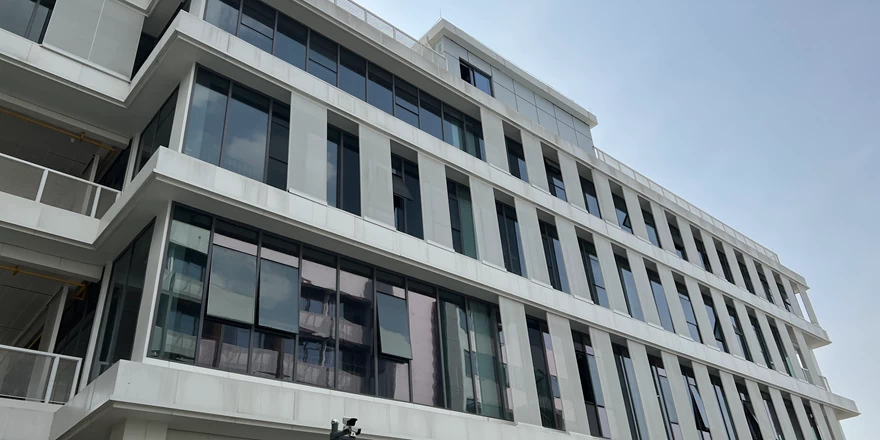
One of the common safety hazards of glass curtain walls is the phenomenon of spontaneous explosion. This occurs when tempered glass (commonly used in curtain walls for its strength and safety properties) suddenly breaks into small pieces without any external force or impact. The spontaneous breakage of tempered glass can be attributed to various factors, including internal defects (such as nickel sulfide inclusions) or uneven stress distribution due to improper installation or thermal stress. The sudden release of energy during a spontaneous explosion can cause glass fragments to scatter, posing a significant risk of injury to occupants and pedestrians.
After the tempered glass breaks, it will shatter into countless particles and generally has a clear "butterfly spot" feature at the detonation point, as shown in the figure below.
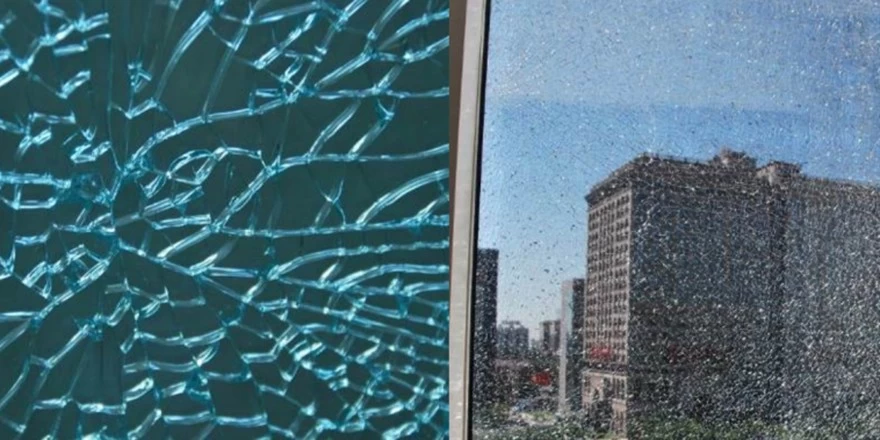
Tempered glass breakage can be divided into "self-explosion" and external impact. The "butterfly spot" has visible impurity particles, and the cross-section is smooth and flat, which can be determined as tempered glass "self-explosion." See the figure below.
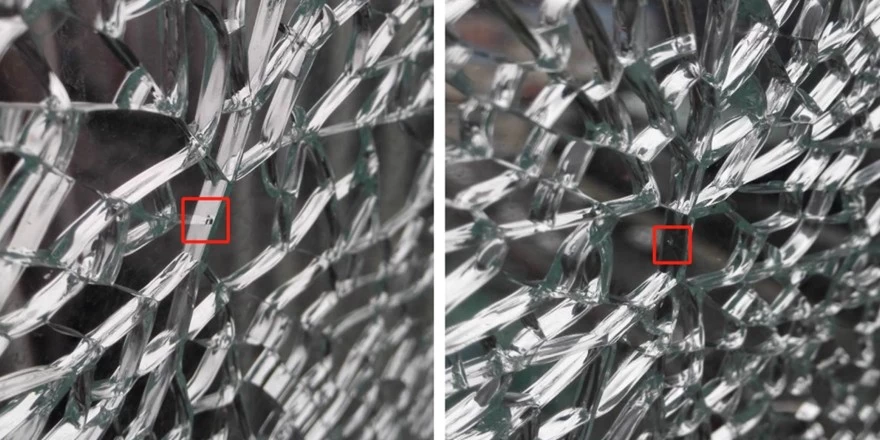
Tempered glass "self-explosion" is the number one safety hazard of glass curtain walls, and related problems have plagued almost every project.
Next is the opening fan falling off, which has occurred in over half of the glass curtain walls and has become the second largest safety hazard of existing glass curtain walls.
toughened heat insulation glass curtain wall
In addition to self-explosion, another common safety hazard associated with glass curtain walls is the risk of glass falling, which refers to the falling off or damage of a single glass panel due to problems with structural adhesives or sealants. These failures may occur due to improper installation, improper maintenance, or exposure to environmental factors such as wind and earthquakes. The falling of glass panels can cause large and heavy fragments to scatter, posing a serious threat to the safety of people near the building. In addition, these falling glass fragments may cause life safety hazards because they may injure people or damage the structural integrity of the building.
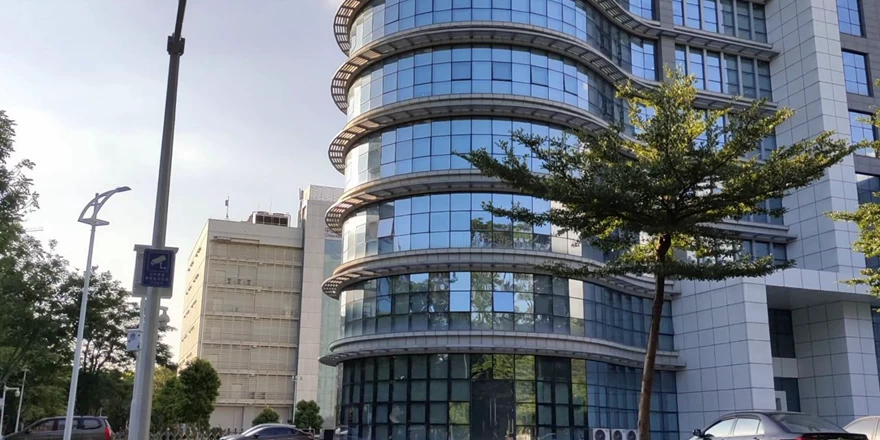
In addition to glass "self explosion" and detachment of opening fans, there may also be hidden dangers of glass detachment in engineering, especially in hidden frame glass structures where overall detachment or outer panel detachment may occur.
The hollow glass of the hidden frame curtain wall is connected to the beams and columns through structural adhesive, and the outer panel of the hollow glass is connected to the inner panel through structural adhesive. When structural adhesive is subjected to long-term loads, its structural strength is much lower than short-term loads. Therefore, in engineering design, it is required that there should be two support plates at the bottom of the hidden frame glass structure to support the weight of the glass panels.
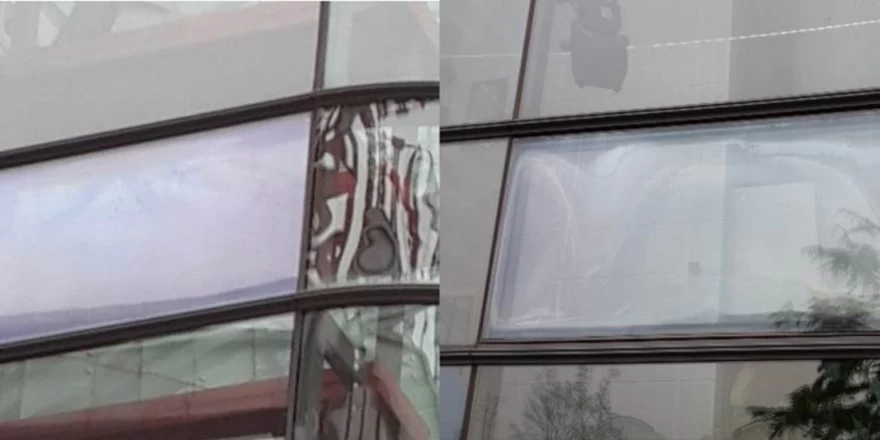
Glass "self explosion", the opening of fans, hidden frame glass, and detachment of decorative components are common safety hazards encountered in the inspection and identification of glass curtain walls, which require our high attention. In addition, glass curtain walls also have problems such as poor energy efficiency and comfort.
Attention should also be paid to the issues of hollow glass sealing failure and glass curtain wall air leakage.
When insulating glass fails, a large amount of water vapor will enter the interior of the glass, manifested as "condensation" inside the glass, erosion of the film layer to form a "rainbow film", and accumulation of water inside the insulating glass, as shown in the following figure.
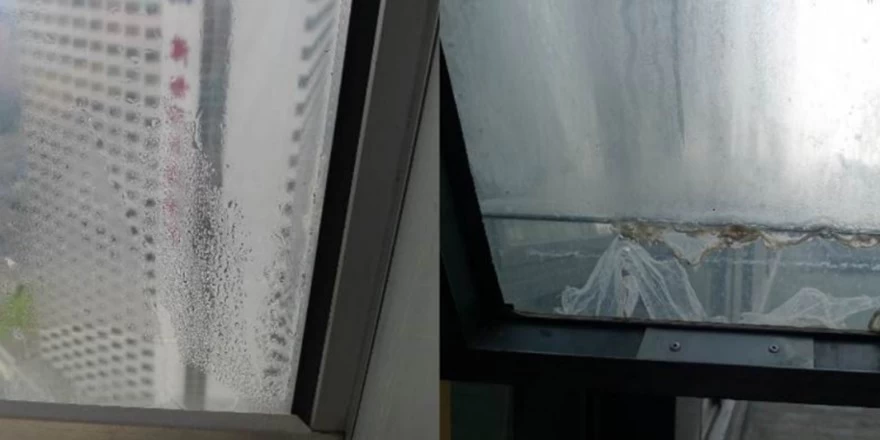
The failure of steam inlet into insulating glass affects the appearance quality and thermal performance of the glass. The water vapor in the hidden frame glass structure corrodes the edge structural adhesive sealing structure, which may cause the safety hazard of the outer sheet falling off.
Air leakage is also one of the common problems of glass curtain walls. The author has seen many projects where high-rise elevators cannot be closed due to serious air leakage in the glass curtain wall.
low e coated insulated glass factory
The air leakage of glass curtain walls is mainly in the opening fan part, which is related to the failure of the hardware lock point (loose or improper installation) and the installation quality of the sealing strip (shrinkage); the non-opening fan part is mostly related to the construction quality. In a certain project component-type glass curtain wall, the indoor side sealing strip can be easily removed by hand.
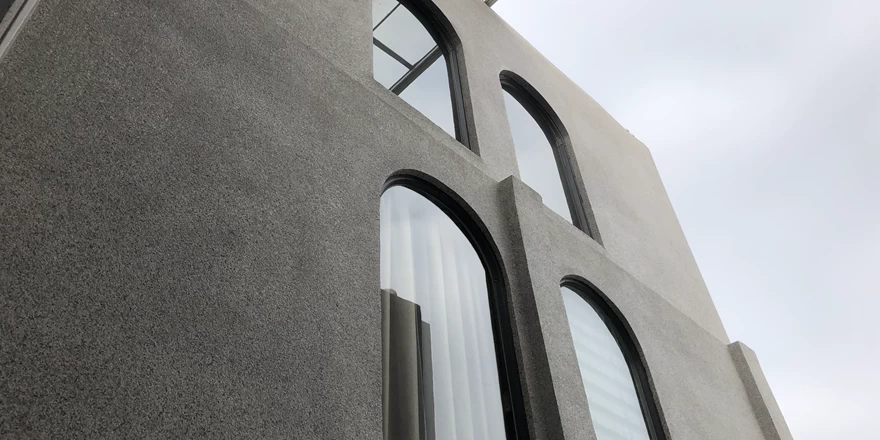
In summary, analyzing common safety hazards in glass curtain walls, such as self-explosion and fan drop, requires a multidisciplinary approach covering structural engineering, material science, and architectural design. By utilizing advanced analysis methods, experimental studies, and simulation software, it is possible to understand the vulnerability of curtain walls and implement effective risk mitigation strategies. Ultimately, these measures are essential to ensuring the safety and resilience of glass curtain walls.

